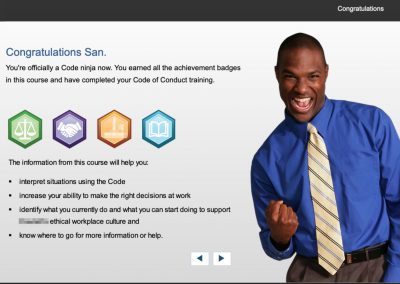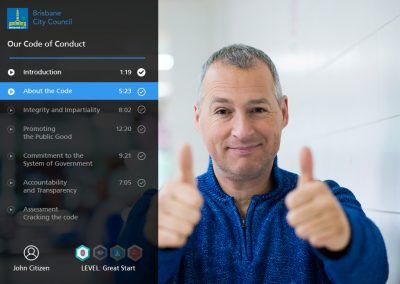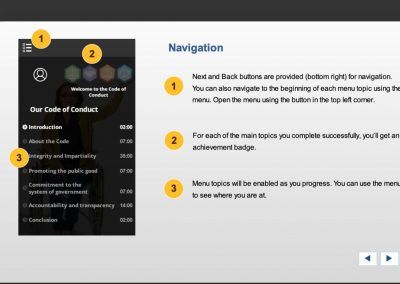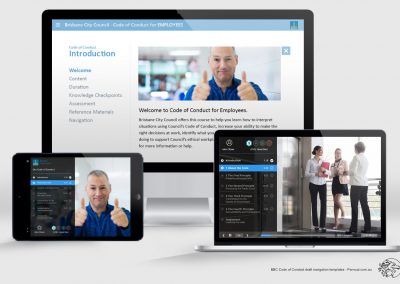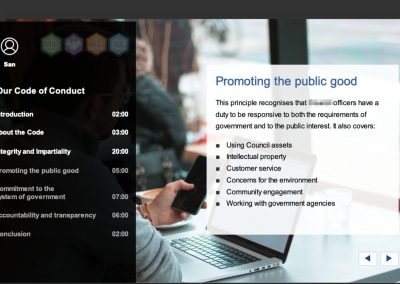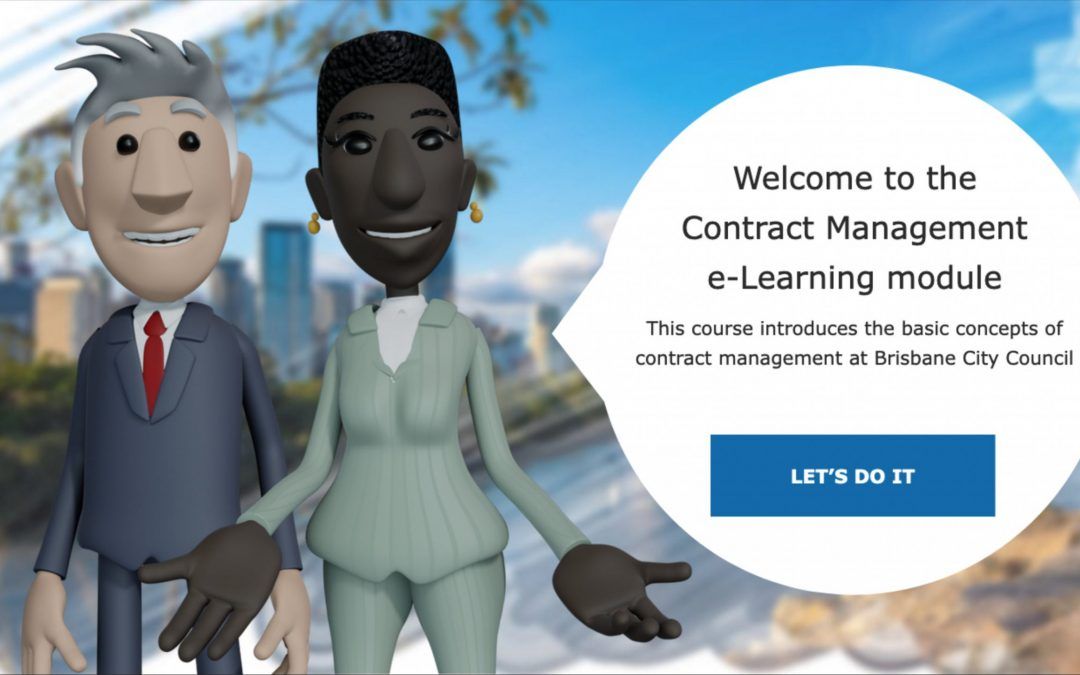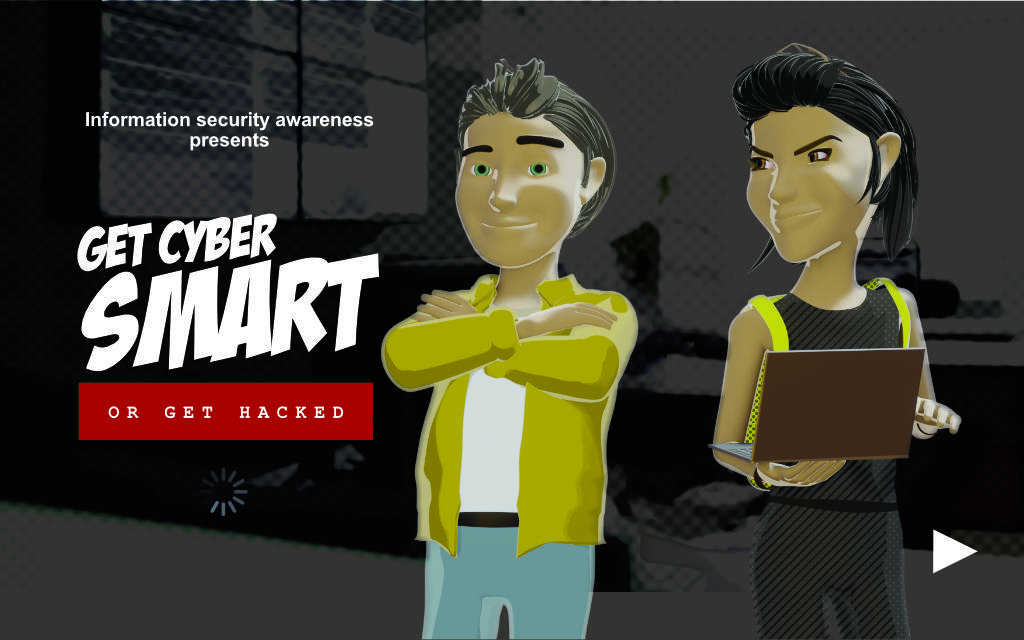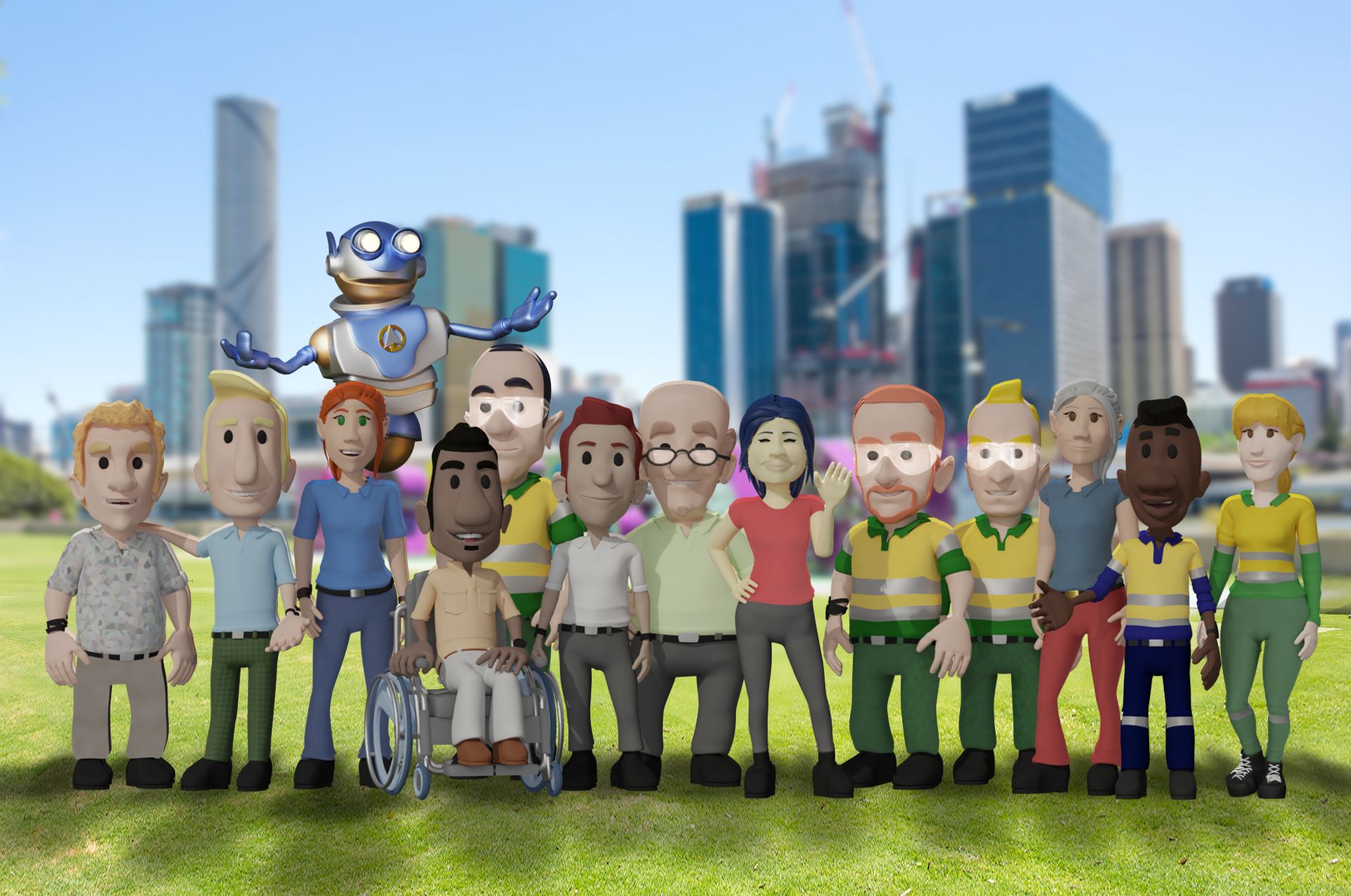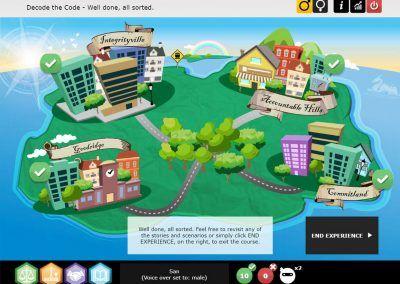
Code of Conduct – Code Ninja version
Welcome aboard. Here’s a project for you.
When I first joined this organisation I’m with, one of the first tasks I was given was to review the e-learning version of our Code of Conduct (aka. the Code). This project was started by another fellow designer, more senior, they had been in this back and forth with the subject matter expert (SME) for over an year. At some point, the project is parked. It lands on my desk with the instruction, “see what you can do”, but apparently no high expectations.
Let’s roll back a little. Code of Conduct, put simply, is the rules of the house. In such a large organisation you have several divisions, branches, units, teams and thousands of employees – and getting SMEs from all business units to agree on what should be included in the learning program proved to be a challenge. After struggling with unclear instructions for months, I asked to see the sponsor. My plan was to get straight to the one leader that would decide whether this project was going any further.
She told me how frustrated she was. The CEO was putting pressure to develop a more updated version and with the project running for over an year, they still had nothing. Feeling like tip-toeing on a mine field, I remind them she did have something, but still chose to bin the project and start another, despite the first being so close to be finished. In a few minutes, we listed the reasons why that project was parked and I asked, “if I address these issues, would you approve the project?”. With that one out, the CEO would be happy, she would tick that box, and employees would have an updated, more engaging version of the training. With a yes for an answer, I thanked them and left, quickly.

Tell me, how much do you already know?
As previously mentioned, the package was almost finished, the original instructional designers had done a great job to put the content together. My job then was to make it more engaging, easier to digest such dry content. The plan was simple:
- Check existing knowledge.
- Add game elements to the learning program (also referred to as gamification).
For checking existing knowledge, I literally ask right at the beginning: how much do you already know? There are many thousands of employees that work in the organisation for many years, some for decades. Many already know the Code by heart, and forcing them to go over the entire program year after year was not ideal. So, I asked. If you said you already know the Code, you are giving a Code Ninja status and go straight to the scenario-based questions. Get them right and you are good to go. However, if you get one wrong, you revisit the relevant section of the Code. Get two questions wrong, you lose your Code Ninja status and go through the entire content. Fair? I think so, and I was glad they agreed.
Although there was a lot of work in configuring the new version, such as access to the content, navigation, point system and achievement badges, the bulk of the work was already done. I revamped the look and feel, created an user interface for the game components, fixed the logic and went back to present the new version of the program. Same same, but different. To my luck, and everyone’s relief, the course was approved and published on the same week.
The proof is in the pudding.
In the first quarter after the e-learning program was launched, in May 2019, the report showed the vast majority was satisfied with the new version (98.7% said good or excellent); they thought the knowledge gained would be useful (94.1%) and that they liked the format it was delivered (88.8%). Also, I embedded the satisfaction survey right in the slide, raising the response rate from average of 7% to a whooping 56%, compared with the previous version.
Yay, happy ending. Good night, you can go now.
Or can you? Little did I know, this was chapter one for many to come. But that is a story for another post.
Time-saving, and very easy to understand.
Love the ninja option. So much better for those of us who are well versed in the Code
LOVED being able to skip right to the question, the layout and scenarios were also contemporary and attractive. Great job designing this course.
This was, by far, the best formatted code of conduct training I have done, awesome that you can skip to the quiz if you want to.
Being in learning and development roles throughout my working life, and more recently online learning, I really appreciated and loved this course. It looked modern and relevant, choice of imagery and mix up of the storyboard slide layout was excellent to keep the learner engaged. Even the details of choosing names that reflected a certain age and demographic was perfect. Well done, a pleasure to complete. I wish all Council online courses look at this great. I also loved when I got it right you still provide me the answer, just in case it was a fluke. Well done, loved it!
